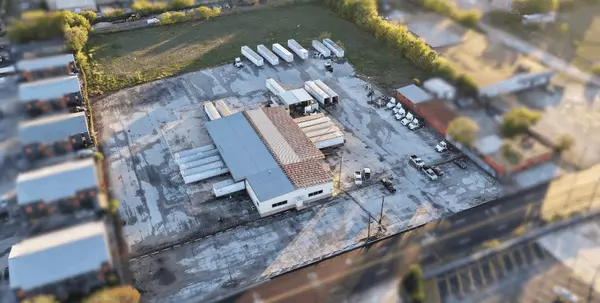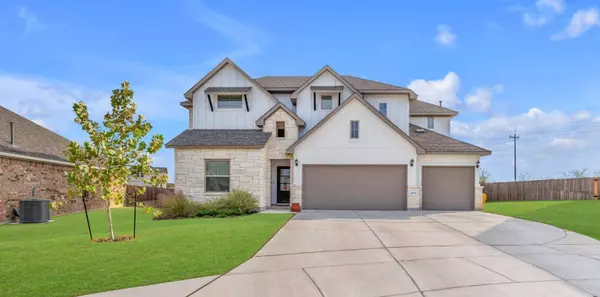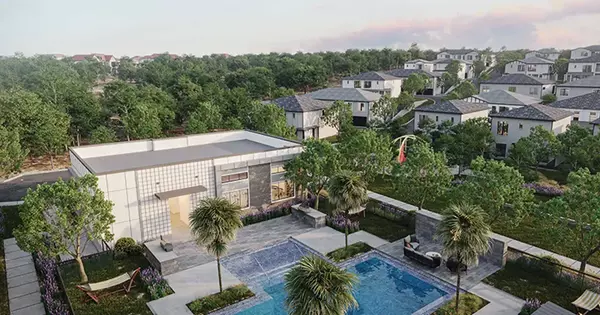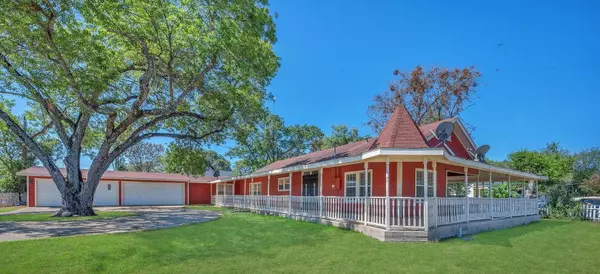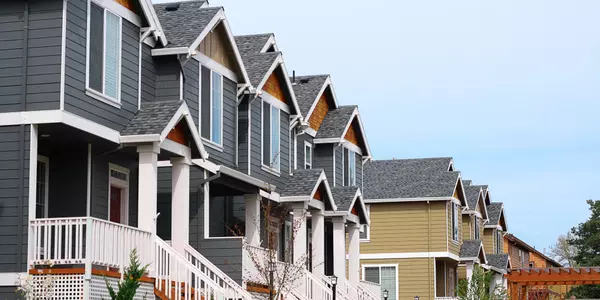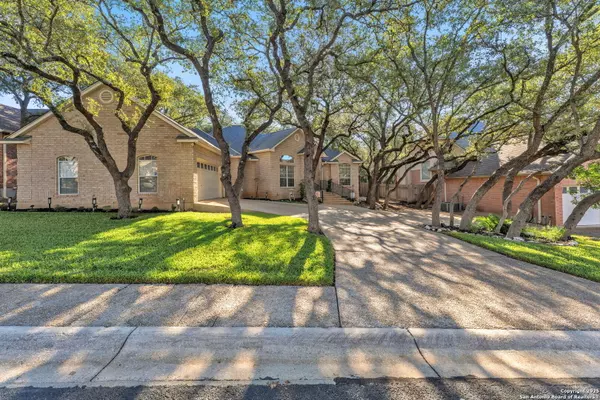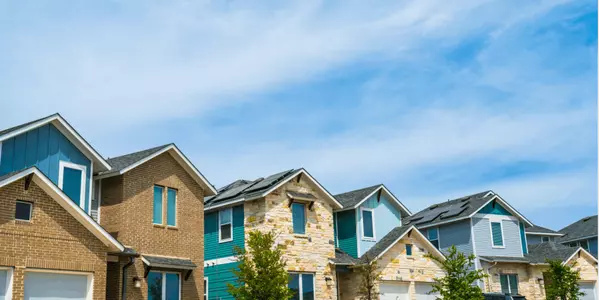Texas Has The Highest Rate Of Uninsured Residents

A new report from the Commonwealth Fund, along with multiple healthcare studies, has confirmed some alarming news: Texas has the highest percentage of uninsured residents in the United States. Nearly 22% of adults and over 16% of the total population in Texas are living without health insurance—placing the Lone Star State dead last in coverage nationwide. Only Mississippi ranks lower in overall healthcare system performance, making Texas the second-worst state for healthcare access and outcomes.
This issue isn’t just a statewide concern—it directly impacts San Antonio, Bexar County, and the surrounding areas like New Braunfels, Boerne, Schertz, and Cibolo, where healthcare access can be critical to quality of life, local economies, and even the long-term value of residential neighborhoods.
📊 The Healthcare Crisis by the Numbers
-
Adult Uninsured Rate: 22% of Texas adults remain uninsured, which is nearly double the national average.
-
Uninsured Children: Approximately 12% of Texas children lack health insurance—the highest rate in the nation.
-
Total Uninsured Texans: Nearly 5 million people in Texas, including 623,000 children, are living without coverage.
In San Antonio and surrounding communities like Alamo Heights, Stone Oak, and Helotes, these numbers directly affect schools, employers, and local healthcare providers, who see rising demands on emergency services.
🏥 Real-World Impact on San Antonio Communities
The consequences of Texas’s healthcare gap are already visible across Bexar County and San Antonio neighborhoods.
-
Overcrowded Emergency Rooms: Many uninsured residents in San Antonio delay care until medical issues become emergencies, overwhelming local hospitals like University Hospital, Methodist Hospital, and Baptist Medical Center with costly, preventable visits.
-
Falling Vaccination Rates: Lower coverage rates across San Antonio are contributing to preventable outbreaks, like the recent measles cases reported in the region.
-
Persistent Health Disparities: Black and Hispanic communities in San Antonio face disproportionately high premature death rates, compounding the city’s public health challenges and highlighting racial inequities in healthcare access.
This healthcare shortfall can erode neighborhood stability and even deter some homebuyers from settling in underserved areas.
🏛 Policy Drivers Behind the Uninsured Crisis
Several statewide decisions have intensified the coverage gap:
-
No Medicaid Expansion: Texas remains one of the few states that refused Medicaid expansion under the Affordable Care Act, leaving millions of low-income Texans—including many in San Antonio—without affordable options.
-
Policy Barriers: Proposed work requirements and potential Medicaid budget cuts could place even more San Antonio residents at risk of losing healthcare coverage.
-
Enrollment Hurdles: Complex application processes for Medicaid and CHIP programs have made it difficult for eligible families in areas like South San Antonio, Converse, and Live Oak to secure coverage for their children.
💡 Why This Matters for San Antonio’s Real Estate, Workforce, and Community Growth
-
Economic Strain on Local Hospitals: Rising healthcare costs from uncompensated emergency care can put financial pressure on local hospitals and clinics in San Antonio, impacting employment and hospital sustainability.
-
Neighborhood Stability: When families face limited access to healthcare, it can reduce an area’s desirability, affecting home values, community vitality, and long-term investment potential. Areas like Downtown San Antonio, West San Antonio, and the Far West Side may see varying impacts based on community resources.
-
Buyer Priorities: For families relocating to San Antonio—especially military families PCSing to Joint Base San Antonio, Fort Sam Houston, or Lackland AFB—proximity to healthcare facilities is often a key homebuying consideration.
-
Growth Opportunities: New healthcare expansions, such as the upcoming Encompass Health rehabilitation hospital in Westover Hills and University Health’s plans to expand on the East Side, offer a chance to improve access and create high-demand pockets for future homebuyers and renters.
📍 The Path Forward
Addressing the uninsured crisis in Texas and San Antonio will require:
-
State-level reforms like Medicaid expansion or streamlined enrollment processes.
-
Continued investment in local healthcare infrastructure and community outreach.
-
Public awareness campaigns to help eligible families enroll in affordable health plans.
Local neighborhoods that offer proximity to clinics, hospitals, and urgent care centers will likely continue to attract buyers who prioritize healthcare access—making this a critical consideration for both sellers and investors in San Antonio’s real estate market.
📬 Brought to you by CallTheCavalryGroup.com – Helping you navigate where health, community, and real estate meet in San Antonio and beyond.
Recent Posts
